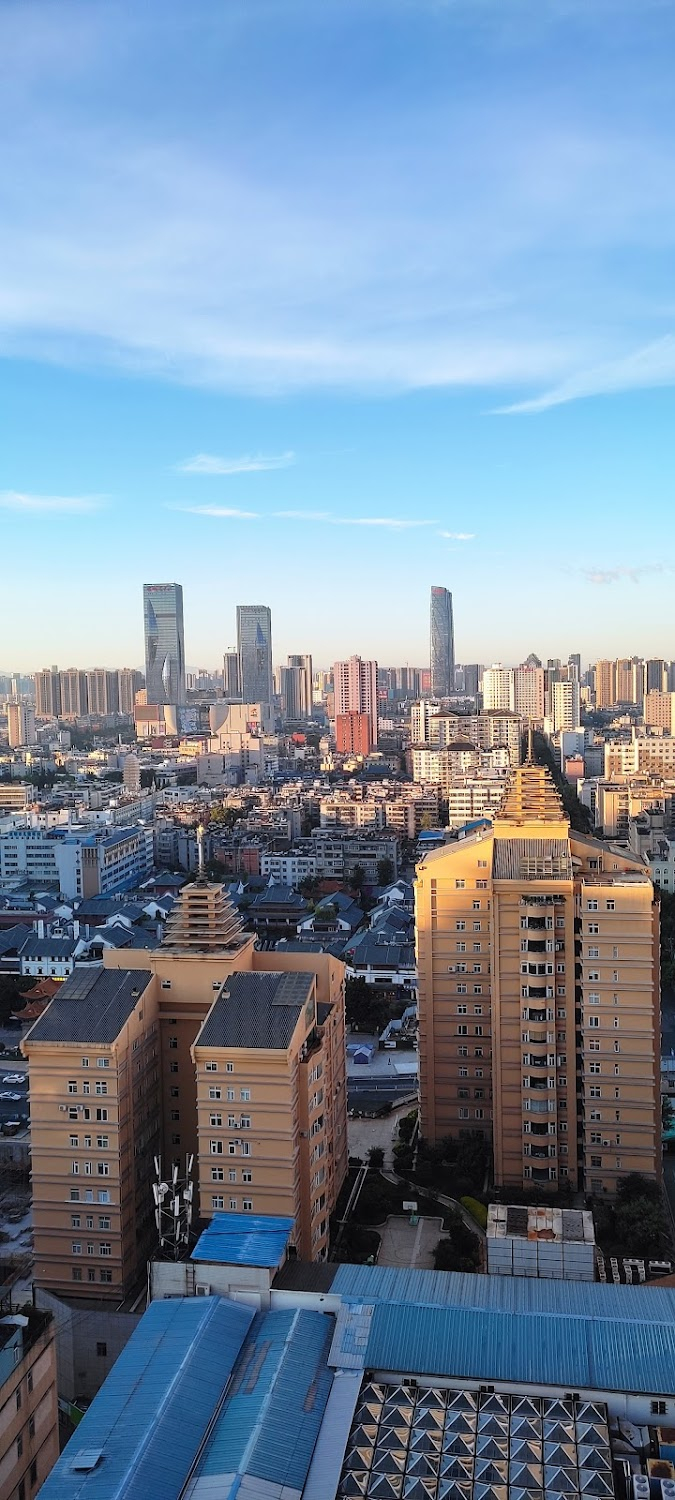China Crisis: The Story of the 14th Air Force Filming Locations
China Crisis: The Story of the 14th Air Force Filming Locations
Hong Kong is a special administrative region of the People's Republic of China. With 7.4 million residents of various nationalities in a 1,104-square-kilometre territory, Hong Kong is one of the most densely populated territories in the world.
Kolkata (formerly Calcutta) is the capital of India's West Bengal state. Founded as an East India Company trading post, it was India's capital under the British Raj from 1773–1911. Today it’s known for its grand colonial architecture, art galleries and cultural festivals. It’s also home to Mother House, headquarters of the Missionaries of Charity, founded by Mother Teresa, whose tomb is on site.
Kunming, the modern capital city and transportation hub of China’s southern Yunnan province, has a large student population and a temperate year-round climate. Bridges and pavilions cross the islands of Cui Hu (Green Lake), a park designed in the 17th century. Nearby is Yuantong Si. A temple founded by Buddhists in the 8th century, it features a statue hall and a pond with an ornate stone bridge.
Nanning, a city in southern China near the Vietnam border, is capital of the Guangxi region. With a warm tropical climate, it's known for green spaces such as People's Park, which includes expansive White Dragon Lake, a hilltop fort and a botanical garden. Displays at the Guangxi Museum include hundreds of bronze and copper drums, important artifacts of the region's indigenous people.
China Crisis: The Story of the 14th Air Force (1944)
This documentary depicts the American effort to support the Chinese government before and during the Second World War, by means of transport flights of materiel from India to China, by the fierce defense of China skies by the pilots of the American Volunteer Group (The Flying Tigers), and the subsequent absorption and augmentation of that unit by the U.S. Army Air Forces' Fourteenth Air Force. Also depicted are the millions of refugees fleeing the Japanese armies and the relocation of equipment, personnel, and (sometimes) civilians in advance of the invaders.


